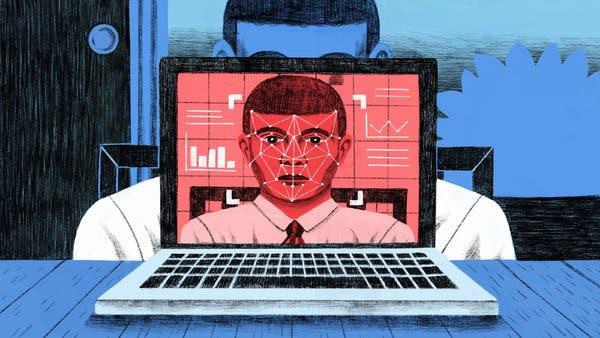 When recruiters make hiring decisions, they ultimately have to make a judgement on the people they choose to fill particular roles. While we would expect that these decisions are made for logical, practical and rational reasons, it is important to be sure that there are no unconscious or unacknowledged biases at play.
When recruiters make hiring decisions, they ultimately have to make a judgement on the people they choose to fill particular roles. While we would expect that these decisions are made for logical, practical and rational reasons, it is important to be sure that there are no unconscious or unacknowledged biases at play.
There are the more obvious biases that we are, thankfully, increasingly aware of such as gender and ethnicity, but there are those that are more subtle that we must develop an awareness of. We must ensure that we are viewing each candidate through the same lens before we make a hiring decision.
We can be quick to make assumptions about someone based on a first impression or an aspect of their CV. Sometimes we can make these assumptions and then subconsciously find a way to justify them through the recruitment and interview process. Good recruiters might say that they are instinctive when it comes to assessing candidates, but it is very important that this does not mean that really great candidates are being passed over for roles, driven purely by an unconscious bias toward certain criteria. It might be uncomfortable to discuss bias but just because a discussion is uncomfortable doesn’t mean we shouldn’t have it.
Unconscious bias can prevent companies from diverse hiring, which ultimately hinders overall productivity. The reality is that companies that have a more diverse workforce perform better. According to McKinsey research, companies identified as more diverse and inclusive are 35% more likely to outperform competitors. Diverse teams were found to be 87% better at decision making.
An article in the Harvard Business Review referred to the significant need to “de-bias” procedures at the hiring stage, but it is hard to change something that is deemed an unconscious behavior. So how do we do that? The very first step is awareness. Once we make ourselves aware during the decision making process we can begin to ensure that all candidates are dealt with and viewed through the same clear lens. We need to ask ourselves — have we afforded everyone the same opportunity and used the very same criteria as part of the selection process? For instance, watch out for confirmation bias, where we actively seek information to support our first impression whether positive or negative; for likeability or affinity bias, where we tend to react positively to those that are similar to us; and for anchoring bias, where we focus heavily on one initial piece of information and make judgements solely based on that.
PREMIUM CONTENT: VMS Global Landscape & Differentiators 2023
Bias can enter at any stage of the staffing process — from job descriptions, initial application and CV screening to the interview and contract offering point.
One way to eliminate the possibility of bias is to remove information from applications and CVs at the selection stage that could lead to a biased decision e.g. race, gender, age, etc. Another is at the interview stage to make sure that the process is standardized so that all candidates are asked the same questions in the same way.
Making sure that you are aware of the potential for bias, actively engaging in learning more about diversity and inclusion means that you will attract the widest array of candidates who have the potential to meet the needs of your organization.
At Cpl, we have a broad range of learning programs to support inclusive leadership, inclusive recruitment practices and inclusive language. This means we give our people the right tools and knowledge to help eliminate bias when hiring and leading others. We also conducted a Sense of Us Survey to understand the overall demographic of our people. From here we created a range of employee resource groups, DE&I programs, initiatives and events based on our people’s needs. Asking the questions and gathering data can really show the true picture of diversity within your workplace and can then help in attracting and retaining a diverse workforce.
Diversity, equality and inclusion are key in terms of talent solutions and are of benefit to everybody — candidates and employers alike.